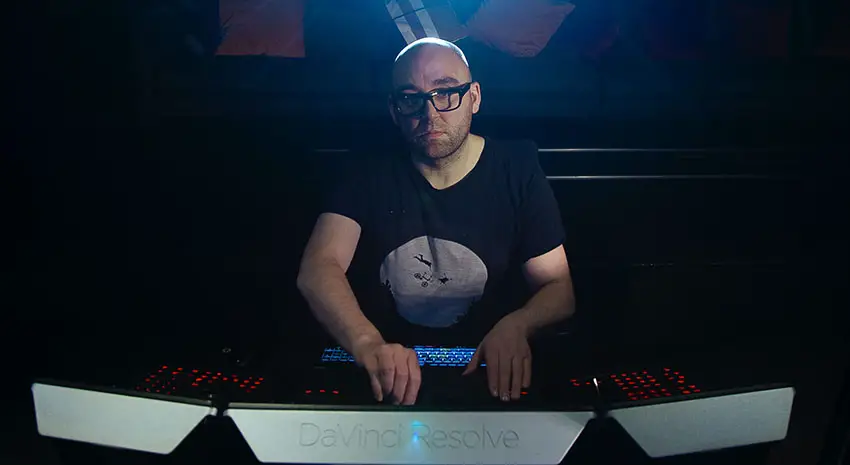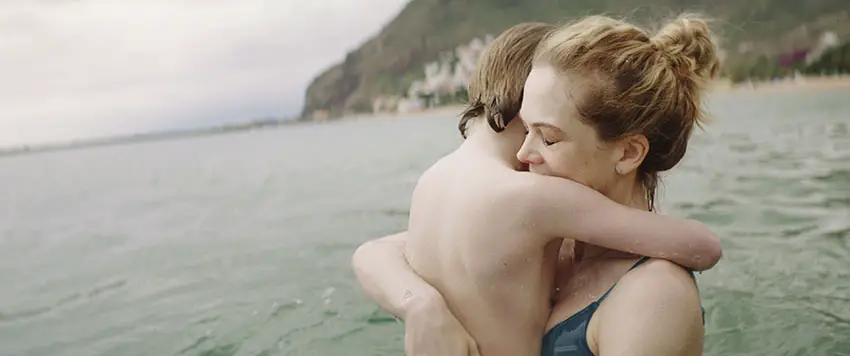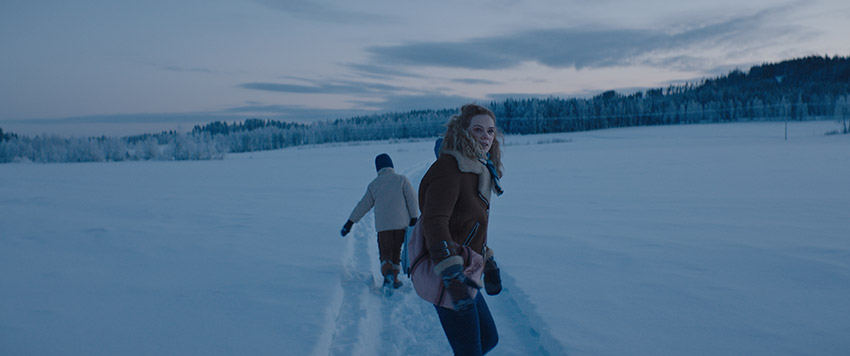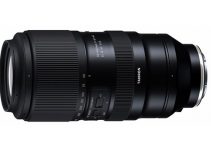Directed by Amanda Kernell, Charter follows the dramatic events of a divorcee on the run, after abducting her children amidst a custody battle. Sweden’s entry for Best International Feature Film at the 93rd Academy Awards. Charter recently won three Guldbagge awards (Sweden’s national film awards), including best female lead actress, best director and best cinematography.
Nordisk Film ShortCut Oslo senior colourist, Dylan R. Hopkin worked closely with cinematographer, Sophia Olsson and director, Amanda Kernell on defining the film’s look. Which was graded in DaVinci Resolve Studio using a DaVinci Resolve Advanced Panel.

Image Credit: Sophia Olsson
Dylan R. Hopkin, “The storyline plays out in two very different environments, a frozen rural town in Norrland, northern Sweden, and the tropical island of Tenerife where the protagonist Alice escapes to.”
The key aim for sequences shot in Norrland, was to embrace the cold Nordic winter light. While maintaining the sense of suspense and urgency in the lead character’s desperate situation.
“We skewed the highlights slightly towards yellow-green tones to also give an underlying feeling of uncertainty,” explains Hopkin. “We subtly encouraged the warmer tones in Tenerife, while maintaining that same underlying feeling.”

Image Credit: Sophia Olsson
He continues, “I also blended in some colours that gave homage to two different film stocks, Kodak 2383 print stock for the Swedish sequences and Fuji Vivid 8543 negative stock for sequences shot in Tenerife.”
During production, Olsson relied on a set of Cooke Anamorphic lenses. “These added a rich creaminess and a pleasing soft anamorphic bokeh that just says cinema,” says Hopkin. “However, there were the occasional instances where we had to sharpen faces due to the softness of the glass, just to get closer to the character’s performance.
“That was easily dealt with by tracking power windows on the specific areas in DaVinci Resolve,” he adds. “And adding sharpening to the Y-channel only.”

Image Credit: Sophia Olsson
Hopkin explains his usual approach is to get a solid first grading pass done, relying heavily on printer lights and lift/gain for primaries. “For hue and saturation management I tend to reach for vs-curves, saturation and colour boost. I find doing
my corrections prior to the LUT, in log space, yields the cleanest results. I try to use the big brushes first, then finetune during the next phase.”
On building his workflow around DaVinci Resolve, Hopkin concludes, “As with every software solution, experience helps, so you can choose the best parameters for any given task.
“However, I find that Resolve is very artist friendly and an intuitive solution for creative colouring. The threshold of knowhow needed to understand the package is getting more accessible with every release.
“I think the way we grade will be in constant evolution based on how we use emerging tools and workflows that are on the horizon. I am especially excited to see what the future developments of the DaVinci Neural Engine will bring.”
[source: Blackmagic Design]
Disclaimer: As an Amazon Associate partner and participant in B&H and Adorama Affiliate programmes, we earn a small comission from each purchase made through the affiliate links listed above at no additional cost to you.


